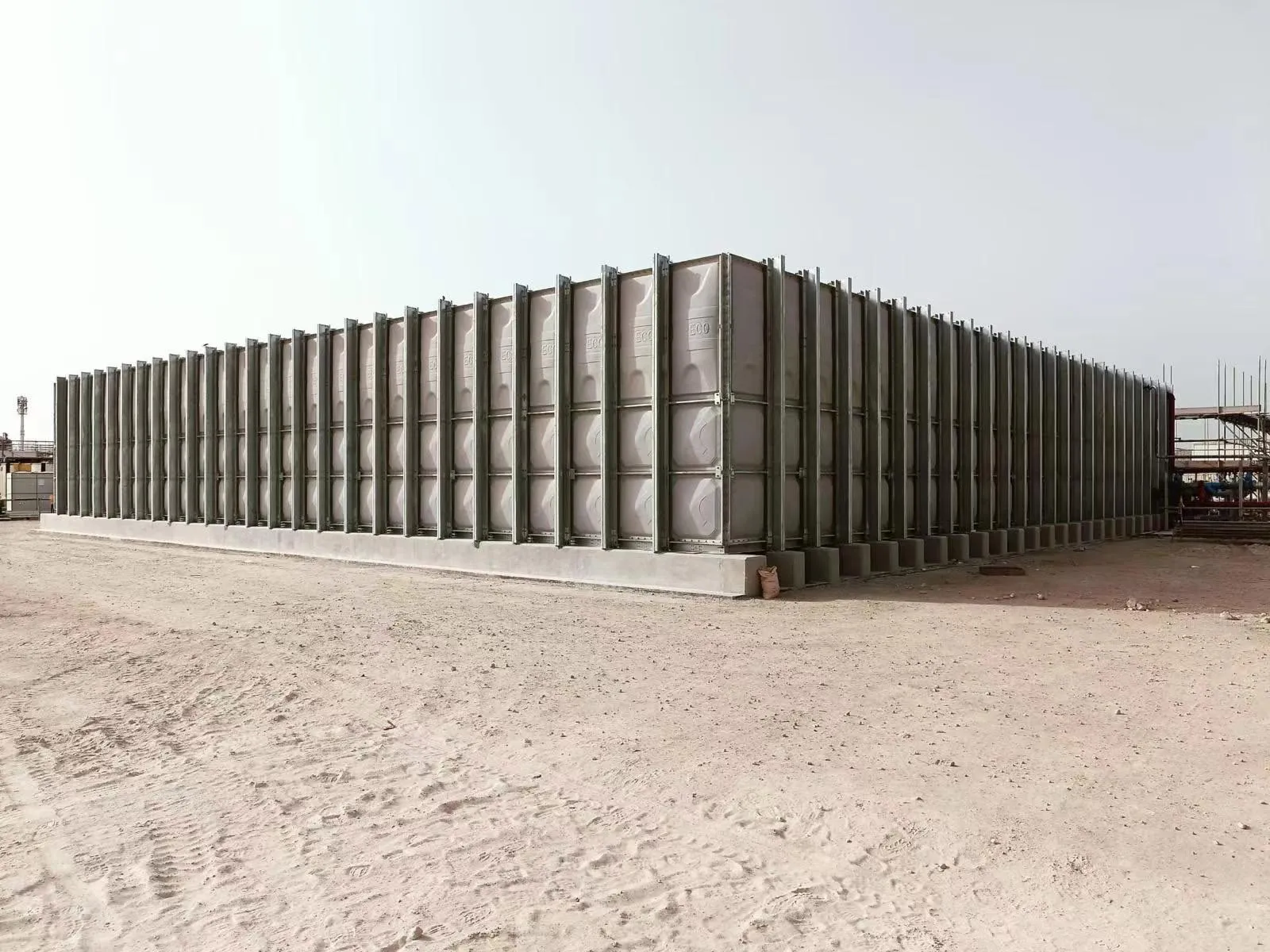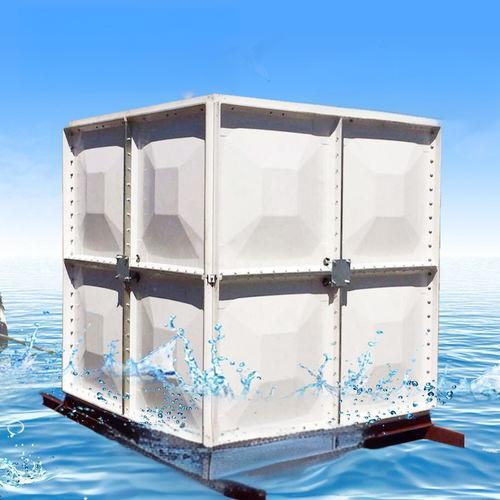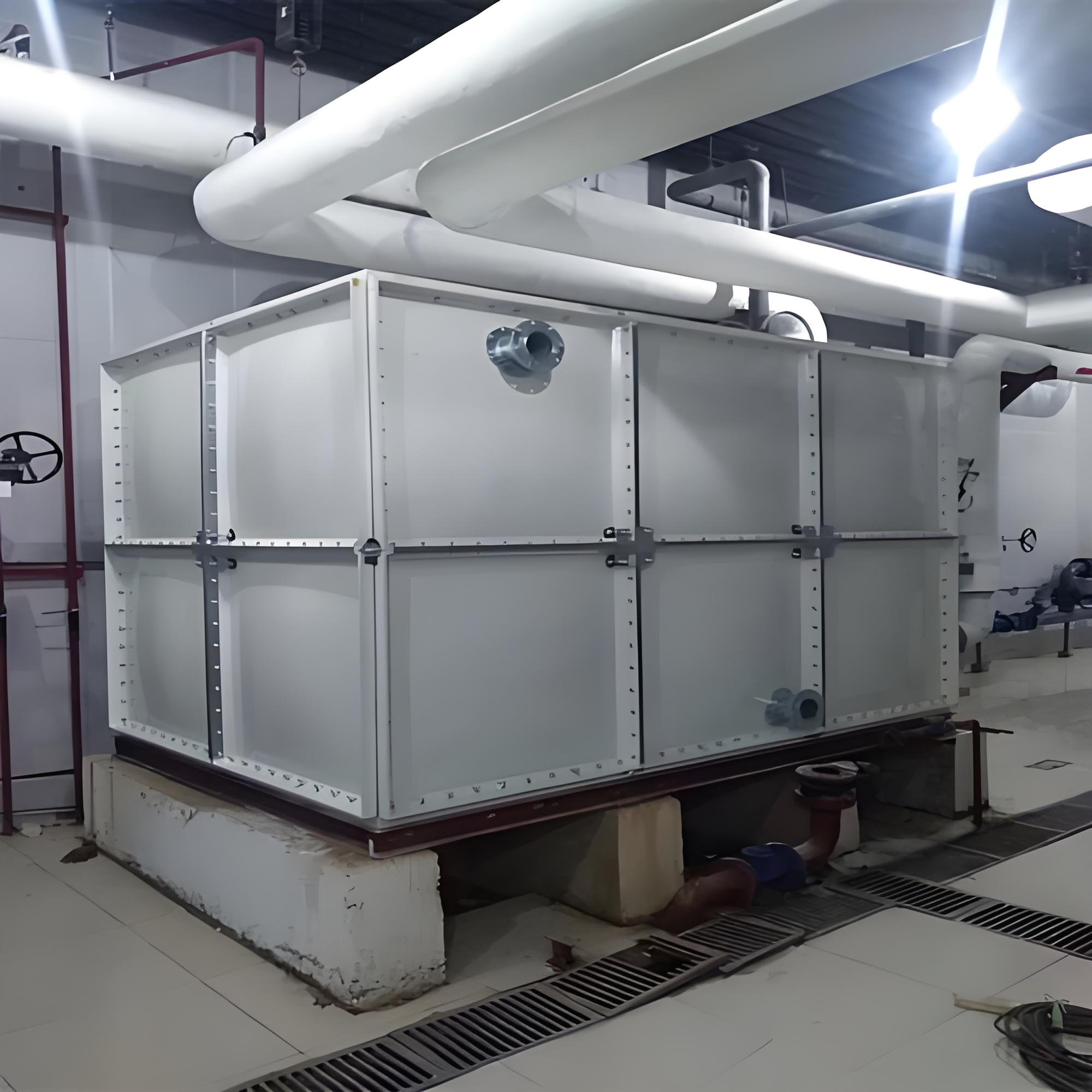Glass Reinforced Plastic (GRP) water tanks are a popular choice for water storage in various industries and residential applications. These tanks offer a range of benefits, but they also come with some drawbacks. In this article, we will explore the advantages and disadvantages of GRP water tanks to help you determine if they are the right solution for your water storage needs.

GRP water tanks are highly durable and can withstand harsh environmental conditions. The material is resistant to corrosion, rust, and chemical damage, which means the tanks have a long lifespan with minimal maintenance.
Compared to traditional materials like concrete or steel, GRP tanks are much lighter. This makes them easier to transport and install, reducing labor costs and installation time. The lightweight nature also allows for installation in locations where heavy tanks would be impractical.

GRP water tanks require minimal maintenance due to their resistance to corrosion and rust. This reduces the overall cost of ownership and ensures a reliable water storage solution over the years.
GRP tanks can be manufactured in a variety of shapes and sizes, offering flexibility in design to meet specific requirements. Whether you need a small residential tank or a large industrial storage solution, GRP can be tailored to fit your needs.
GRP has good thermal insulation properties, which helps in maintaining the temperature of the stored water. This is particularly beneficial in regions with extreme temperatures, as it helps prevent freezing or overheating of the water.
The initial cost of GRP water tanks can be higher compared to other materials like plastic or metal. While the long-term benefits and low maintenance costs can offset this initial investment, it may still be a consideration for budget-conscious buyers.
Prolonged exposure to direct sunlight can cause UV degradation in GRP tanks, leading to a potential decrease in structural integrity over time. To mitigate this, UV-resistant coatings can be applied, but this adds to the overall cost.

While GRP tanks are durable, they can be susceptible to impact damage. Sharp objects or heavy impacts can cause cracks or punctures, which may require repairs or replacement of the tank.
GRP tanks have a limited load-bearing capacity compared to materials like steel or concrete. This means they may not be suitable for applications where heavy loads are placed on the tank structure.

The manufacturing process of GRP tanks can have limitations in terms of size and shape complexity. While many designs are possible, extremely large or highly complex shapes may be challenging to produce with GRP.
GRP water tanks offer numerous advantages, including durability, low maintenance, and design flexibility. However, they also come with some disadvantages, such as higher initial costs and potential UV degradation. When considering GRP water tanks, it's important to weigh these pros and cons against your specific water storage needs and budget. By understanding the advantages and disadvantages, you can make an informed decision on whether GRP water tanks are the right choice for you.
Experience the brand Trusted by Renowned Companies across the GLOBE.

Pipeco stands at the forefront of the market, recognized as a premier manufacturer, supplier, and exporter specializing in top-tier GRP water tanks, stainless steel water tanks, and SMC manhole covers, FRP Water Tank, Fiberglass Tank, SMC Water Tank committed to delivering unparalleled quality and excellence.